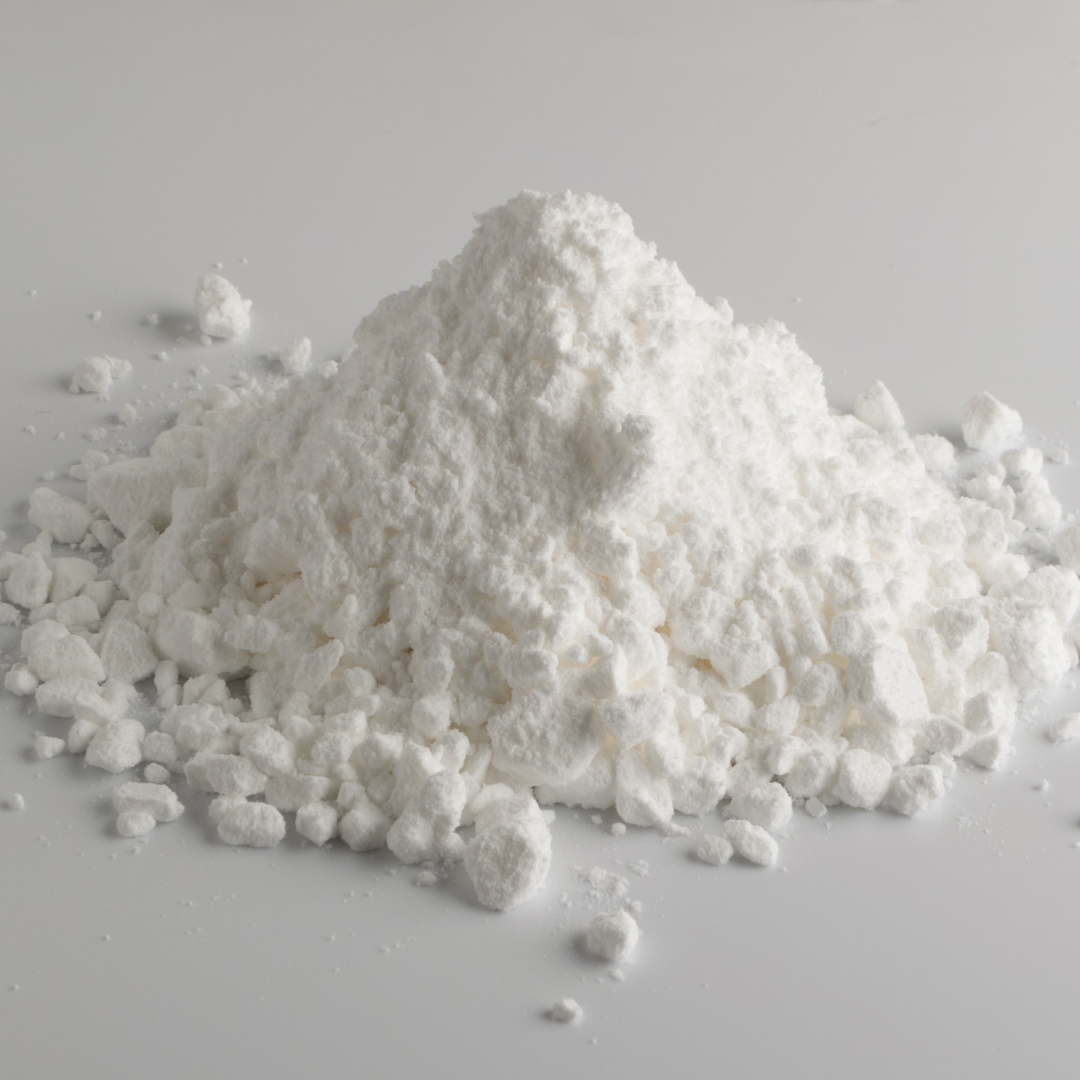E466 Carboximetilcelulosa / carboximetilcelulosa sódica
Ubicación del proveedor : Bulgaria| Tipo de producto / Número CAS / Designación adicional |
Carboxymethyl cellulose (CMC) |
| Tipo genético |
NON_GMO |
| Cantidad disponible |
KG/litro |
| Opciones de referencia |
Recogida |
| Cantidad por unidad de embalaje |
25.0 KG/litro |
| Unidad de negocio |
kg |
| País de origen |
Bulgaria |
| Incoterms |
EXW
|
| Cantidad mínima de pedido |
500.0 KG/litro |
| Precio por unidad de comercio |
|
| FHD |
|
| Certificados corporativos |
| Tamaño de grano |
200
|
Carboxymethyl cellulose is synthesized by the alkali-catalyzed reaction of cellulose with chloroacetic acid. The polar (organic acid) carboxyl groups render the cellulose soluble and chemically reactive. CMC is used in food under the E number E466 or E469 (when it is enzymatically hydrolyzed) as a viscosity modifier or thickener, and to stabilize emulsions in various products including ice cream. It is also a constituent of many non-food products, such as toothpaste, laxatives, diet pills, water-based paints, detergents, textile sizing, reusable heat packs, various paper products, and also in leather crafting to help burnish the edges. It is used primarily because it has high viscosity, is nontoxic, and is generally considered to be hypoallergenic as the major source fiber is either softwood pulp or cotton linter. CMC is used extensively in gluten free and reduced fat food products. In laundry detergents, it is used as a soil suspension polymer designed to deposit onto cotton and other cellulosic fabrics, creating a negatively charged barrier to soils in the wash solution. In ophthalmology, CMC is used as a lubricant in artificial tears to treat dry eyes. Extensive treatment may be required to treat severe dry eye syndrome or Meibomian gland dysfunction (MGD).
Documentación del producto
Sin documentos


